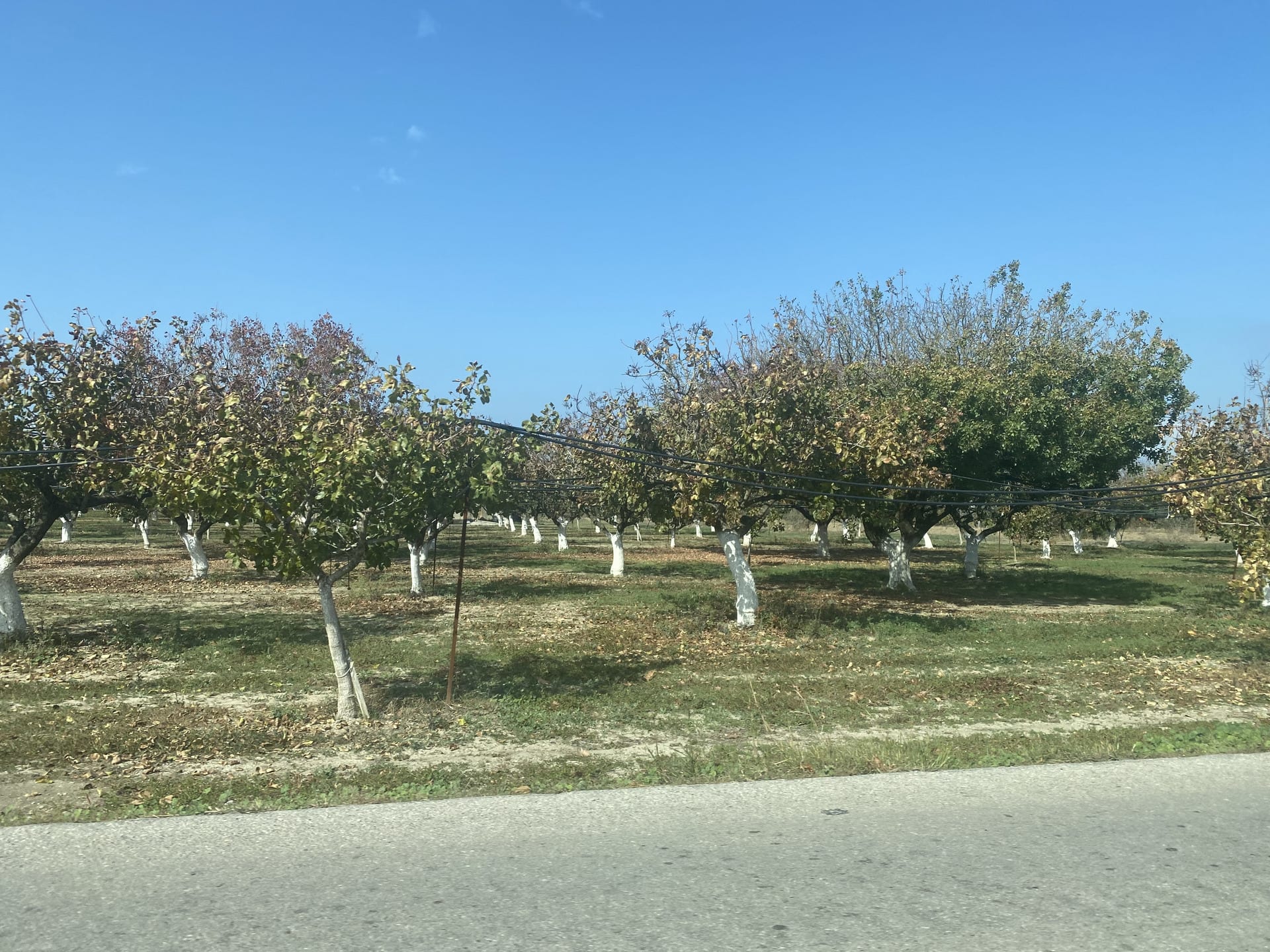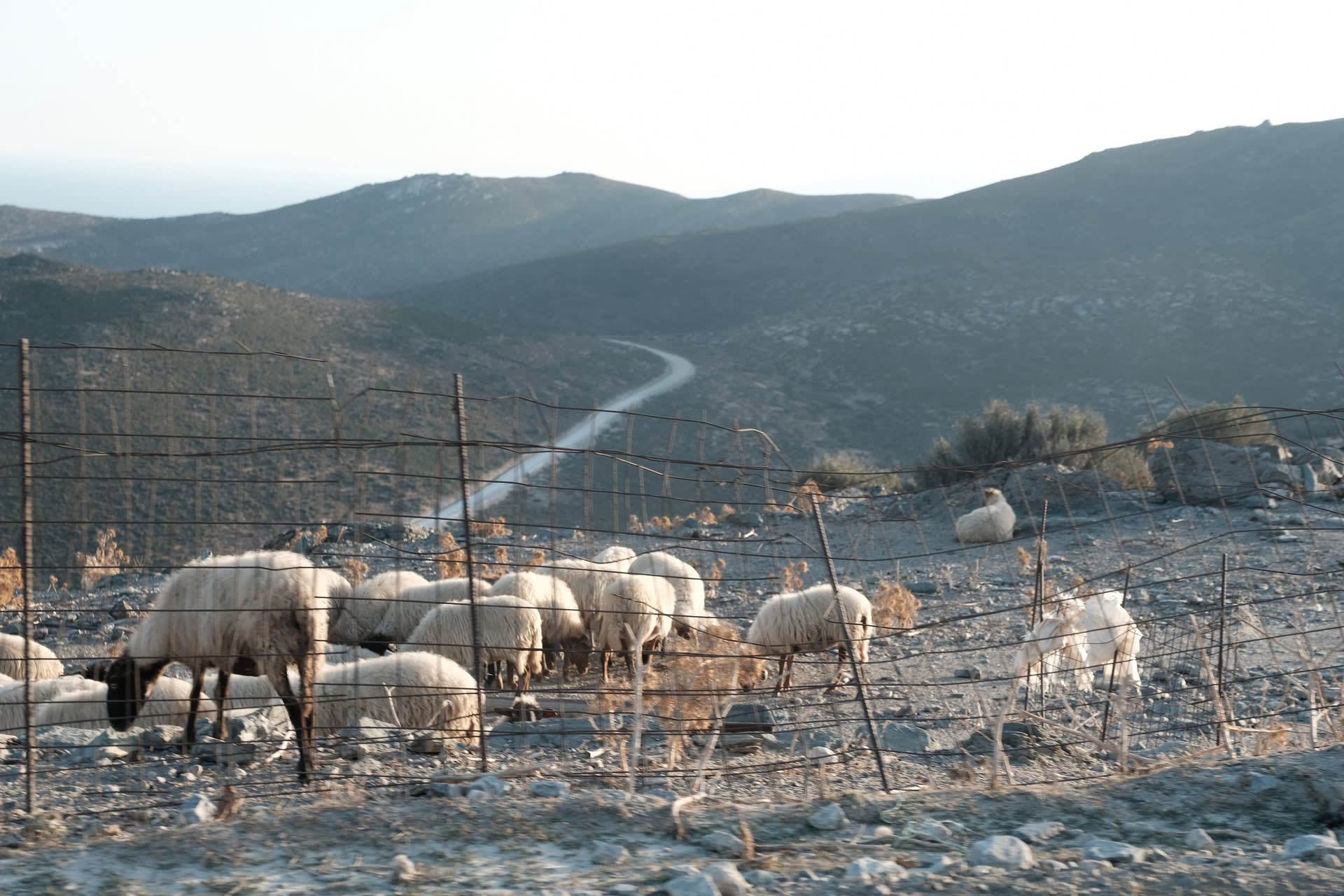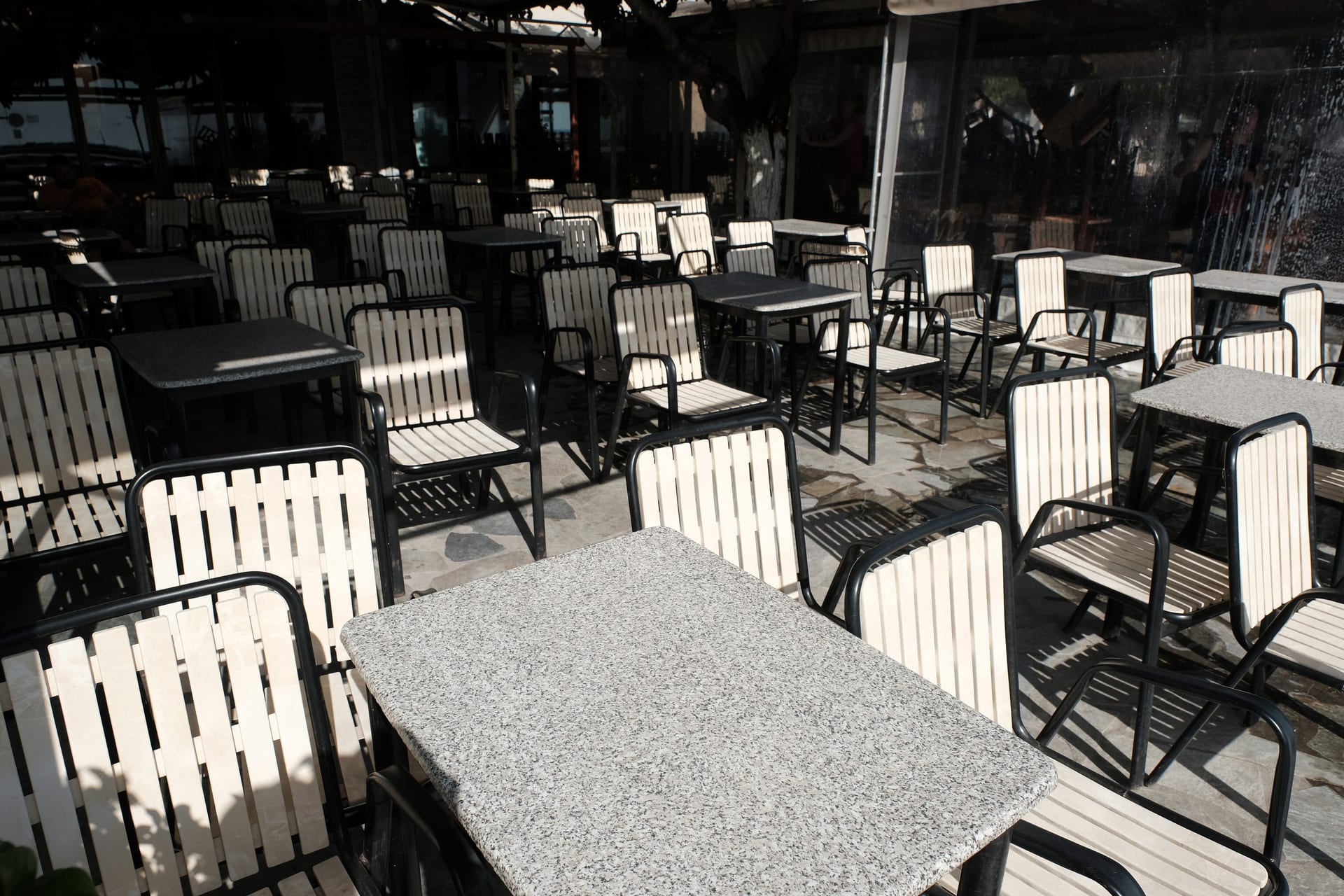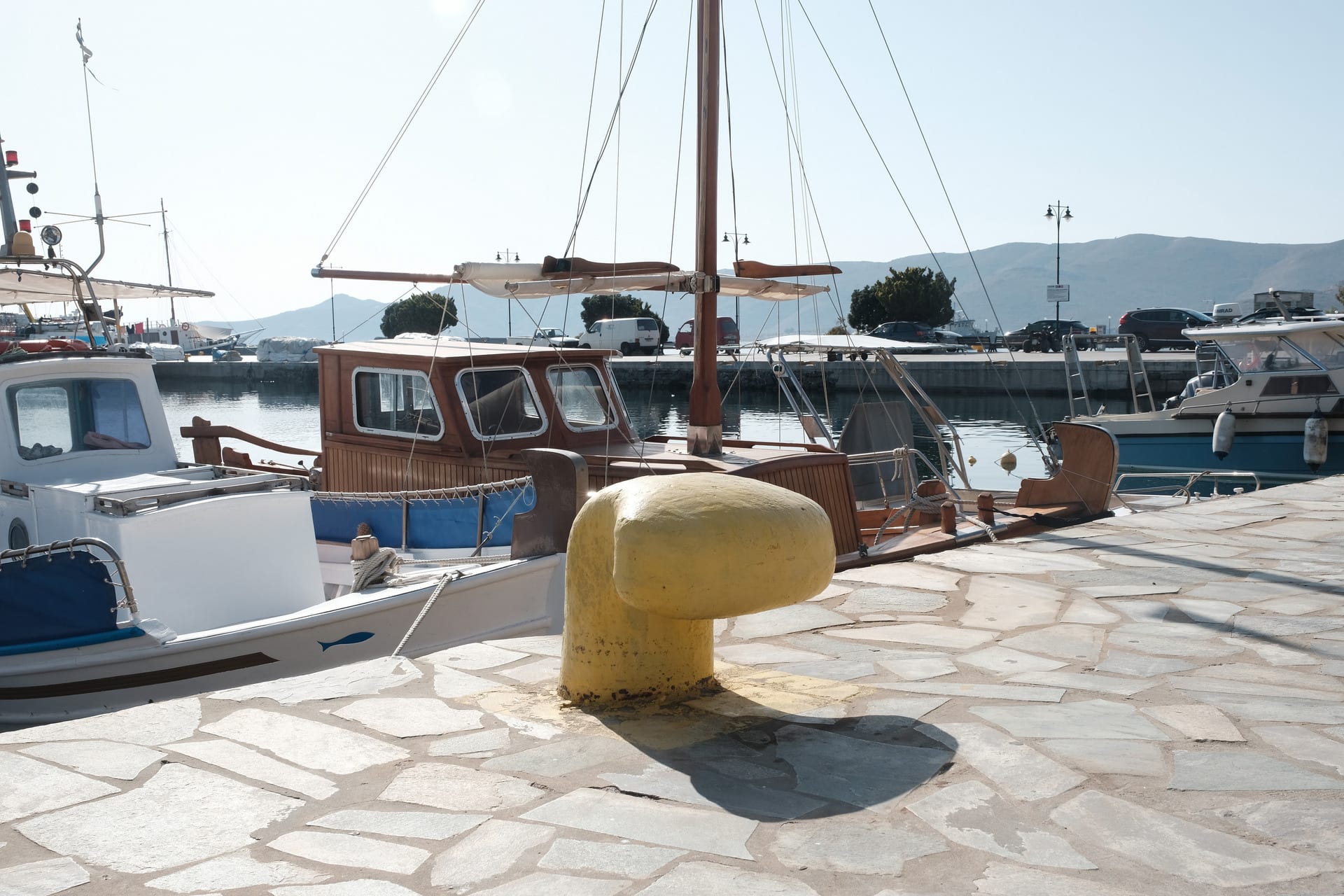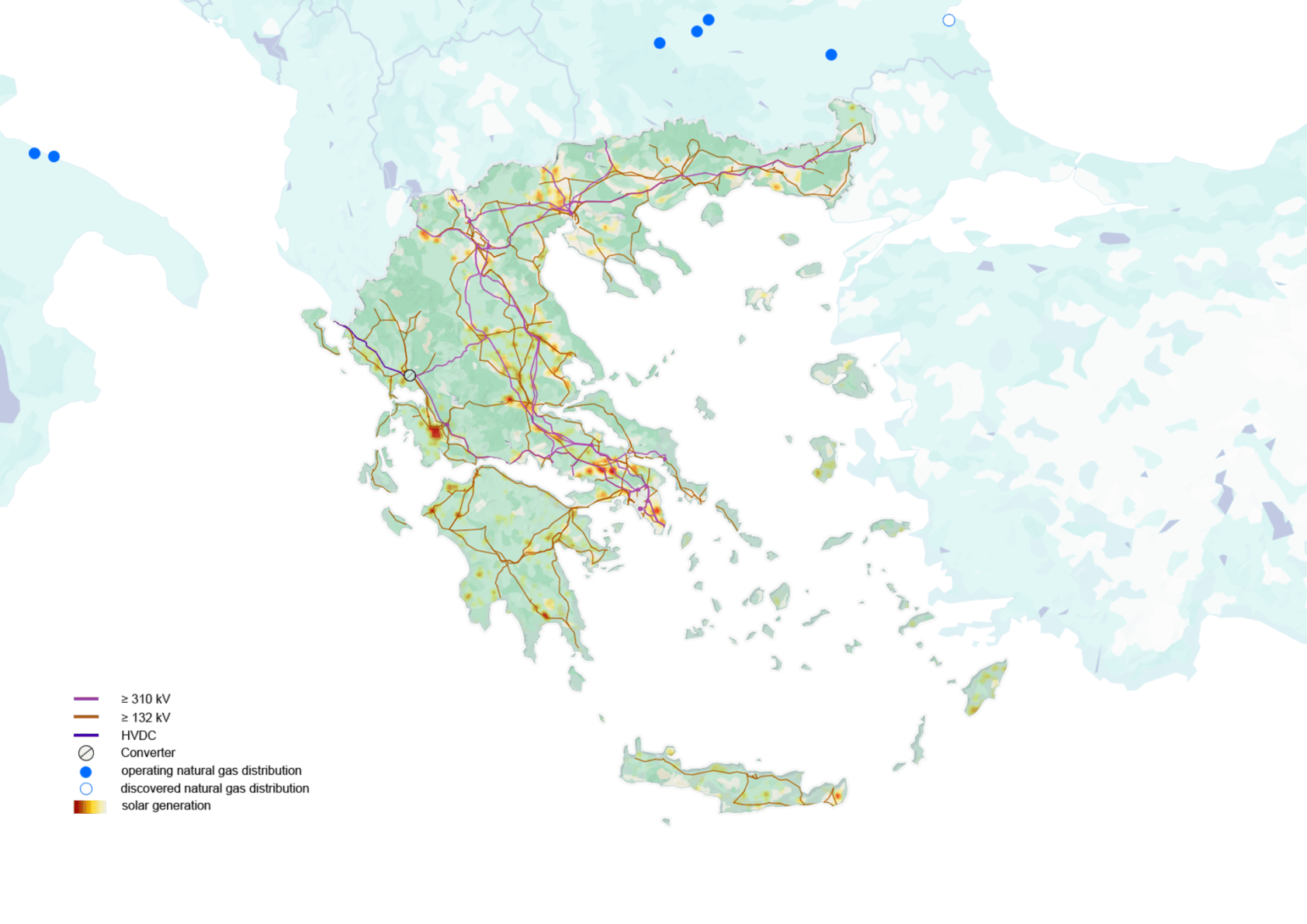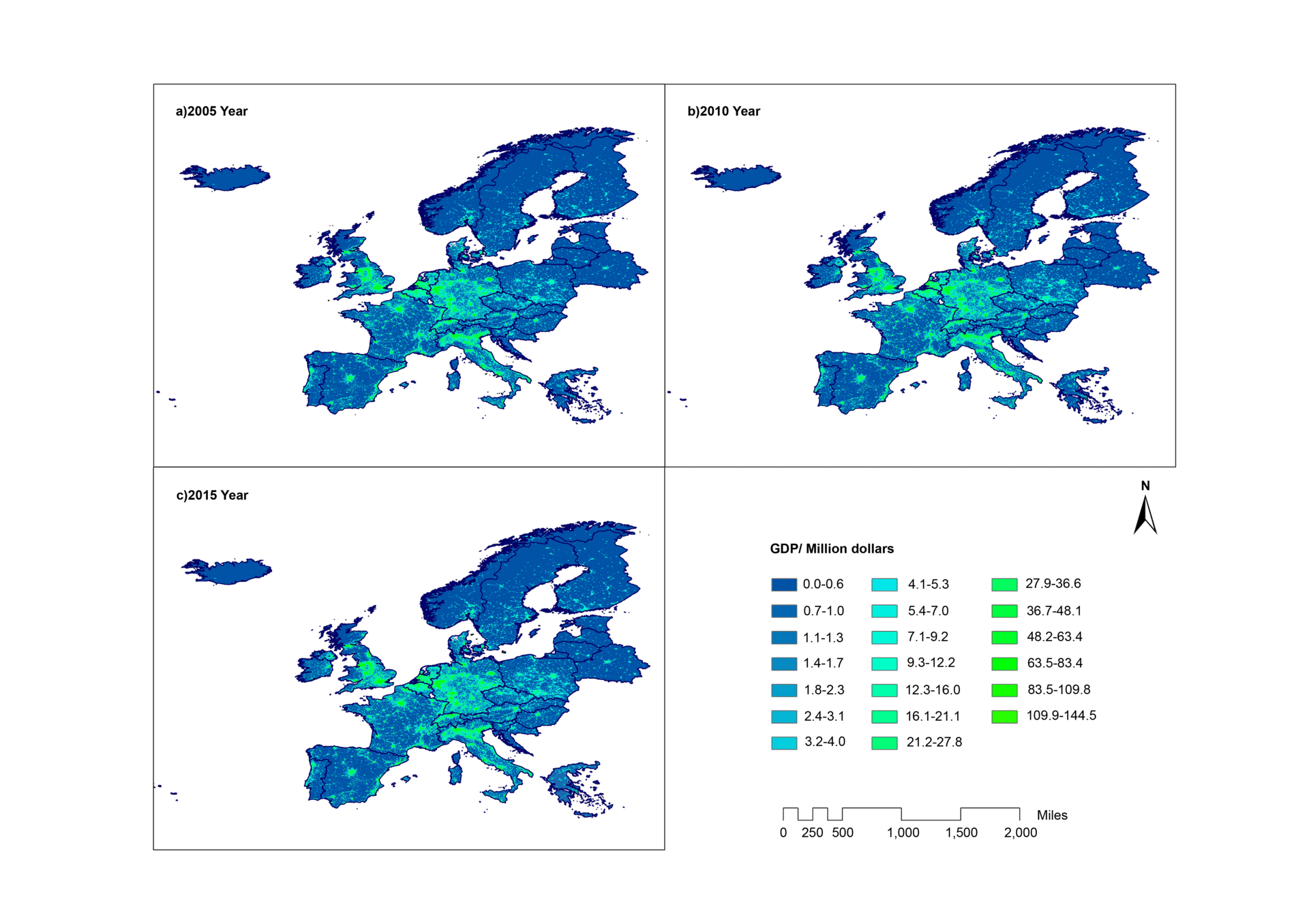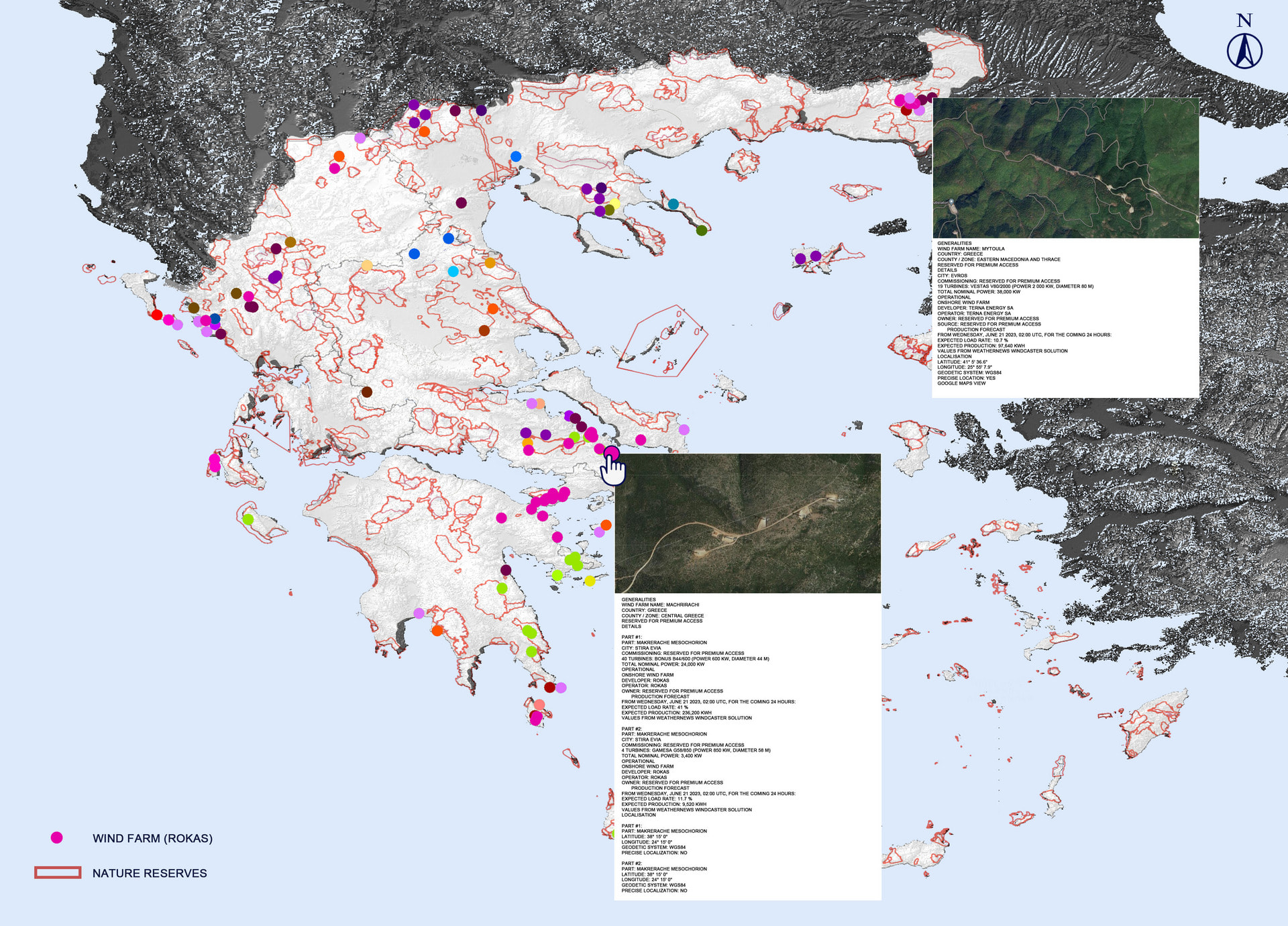Bohao Hou, Shuangqi Bai
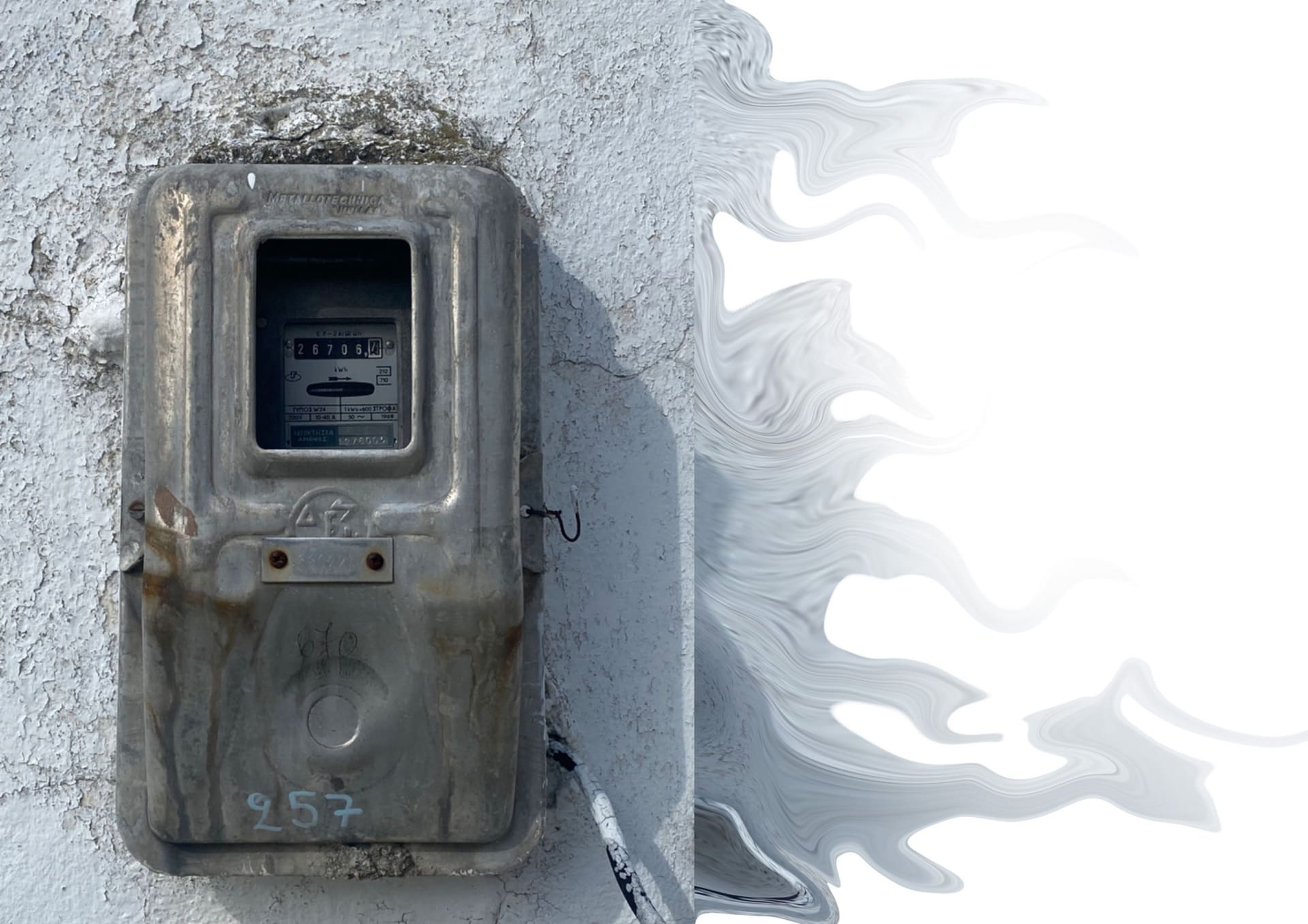
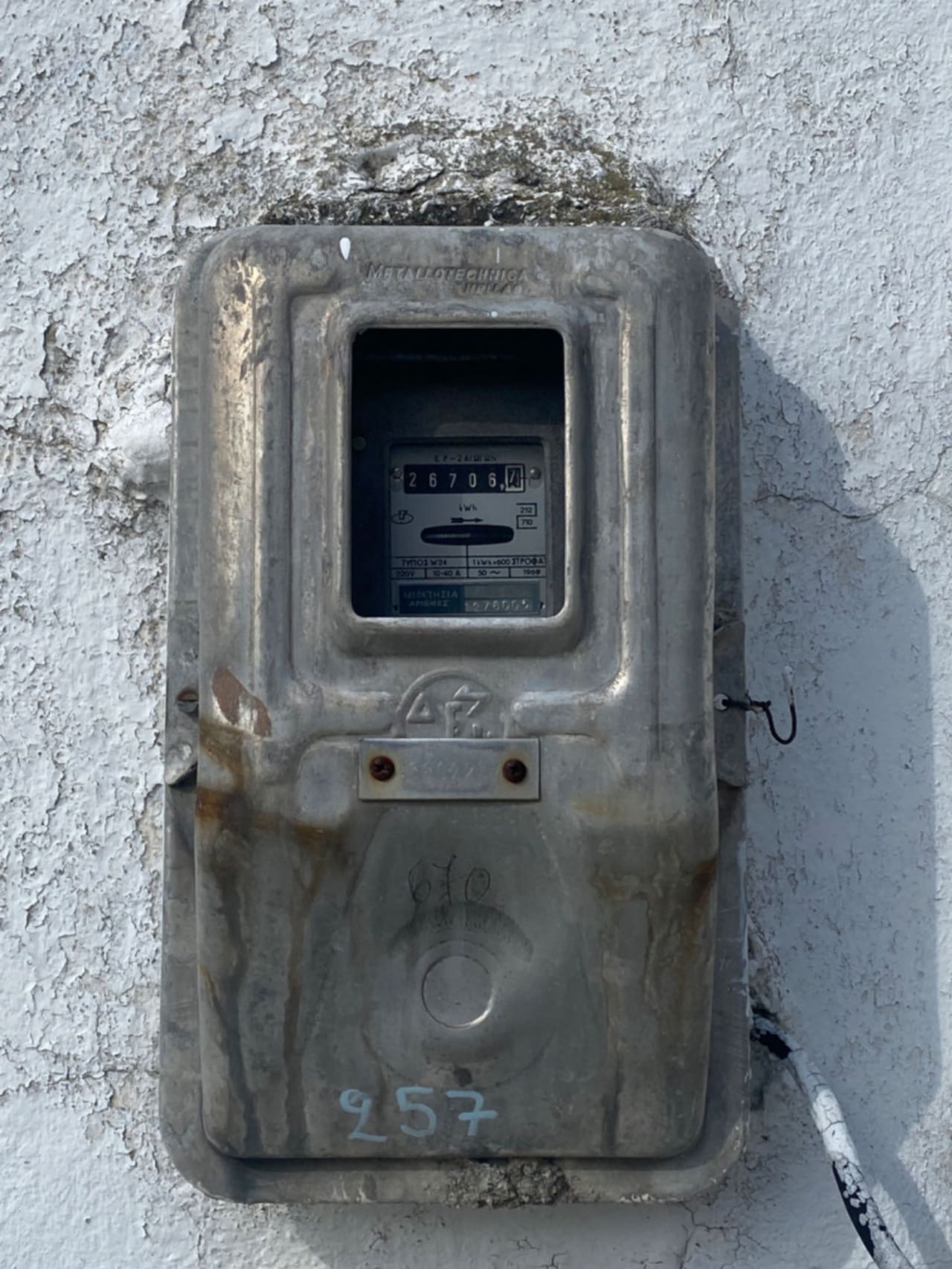
Who Owns the Atmosphere?
Amid rising geopolitical tensions, supply chain shortages, increased extreme weather events and soaring gas prices, increasing pressures to build renewable energy infrastructures and accelerate energy diversification and storage are global priorities. According to the World Renewable Energy Pilot Report 2022, Greece is ranked 16th in renewable energy production with a very attractive market for investment. Still battling a financial crisis, Greece is working to raise at least €10 billion for a ‘green”energy plan to achieve a ‘green’ economic recovery. Although Greece has been investing in clean energy (wind power) for 20 years, these investments have not produced a noticeable positive impact neither the energy transition nor in the lives of its citizens; with not only cost of living on the rise, but citizens feeling as though their land rights are at risk.
Our project aims to investigate the development of ‘green’ energy infrastructures (particularly wind energy infrastructure) in Greece. We examine the sites of wind energy investment relative to the ecological and social lives they are intertwined within. We aim to make our research open and publicly available.
